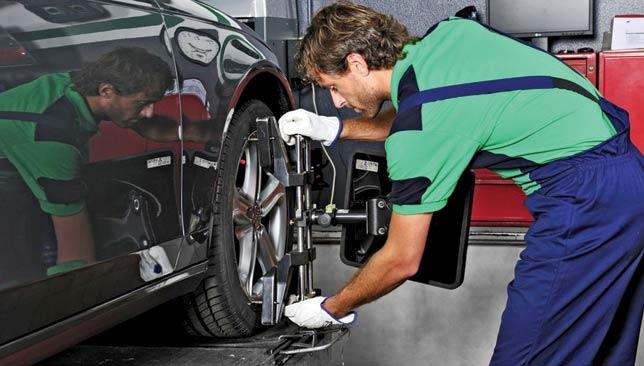
This article is provided by: 
Optimising the lifetime of your tyres
Here are some tips to avoid changing your tyres more than needed.
1. Check the pressure of your tyres once a month. Apart from the fact that they wear more quickly, poorly inflated tyres affect the performance of the vehicle, braking distances, handling, safety and fuel consumption.
2. Ensure that your tyres are balanced. If your car vibrates on the motorway, your tyres could be incorrectly balanced. Have a professional check. By doing this, you preserve your car’s suspension system and avoid premature wear of the tyre.
3. Lighten your vehicle. Overloading increases the wear of tyres and fuel consumption.
4. Regularly swap over your tyres. Wear will be made even by switching the position of the tyres on the car over every 10,000 to 12,000 km.
5. Have the alignment of your tyres checked by a professional. Whenever you drive over a pothole or you hit a pavement, the alignment of the wheels could be changed. This can affect the state of your tyres and the handling and safety of your vehicle. Good alignment ensures road holding and avoids asymmetrical wear of your tyres. See a specialist to check the wheel geometry.
6. Keep an eye on the suspension. Old shock absorbers can cause faster wear of your tyres.
Checking the wear of your tyres
You are advised to very regularly check the state of your four tyres at the same time to avoid loss of grip and the risk of aquaplaning.
1. Check the depth of the tyre tread. You can use a depth gauge (available from a tyre specialist) or use the wear indicators that most tyres have. Regularly check the tread level at several points on the tyre and consult a specialist in case of doubt.
2. Legally, the minimum depth of the tread has to be 1.6mm for a summer tyre.
3. If the wear indicators, when placed inside the tread, reach the surface of the tyre, it is worn. You can also see signs of wear on the tyre shoulders. Driving with insufficient pressure can cause the sides of the tyre to wear faster than the centre.